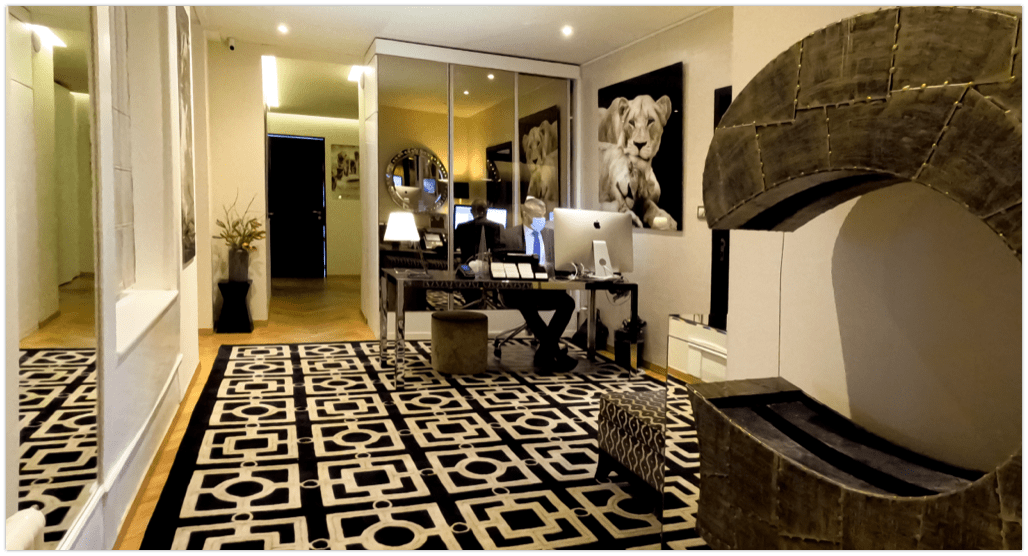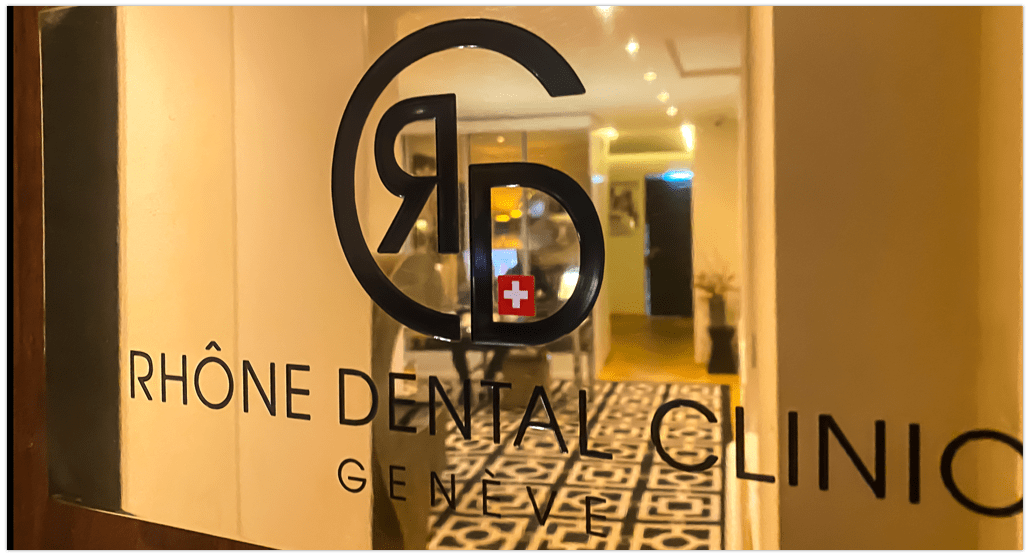Comfort and sedation
Rhône Dental Clinic protocol
Rhône Dental Clinic protocol consists of adapting the type of sedation in addition to local anaesthesia for each clinical case, as well as the duration of the procedures according to the patient’s emotional state.
Committed to offering our patients the highest quality of care with maximum comfort, the practitioners of our clinic are experienced and trained in pain management by the protocols of Dr. Christophe Gachet.
Our sedation protocols are adapted according to the clinical case, the psychological profile and the emotional state of the patients, as well as the complexity and duration of the procedures.
Beyond one hour of intervention, even up to long protocols corresponding to certain transplants or the placement of several implants at the same time, individualised sedation is a factor of success. From the diagnosis to the intervention, Rhône Dental Clinic guarantees a professional, human and personalised approach to dental care for each patient, even the most anxious.
Our care of the patient is complete and global. Of course, we aim for optimal results, but we are always concerned about comfort. The first diagnostic consultation is therefore essential to meet the patient, identify his or her expectations and determine the sedation protocols best suited to the care envisaged.

What is sedation ?
The Rhone Dental Clinic offers patients 5 types of anaesthesia corresponding to different protocols :
Local anaesthesia
Intra-ligamentary local anaesthesia, with pre-anaesthesia of the injection site (by applying an anaesthetic ointment or a cooling spray). This injection procedure is not done in the gum, but along the root of the tooth, directly into the bone. Intra-ligament anaesthesia is virtually painless (thanks to the use of a very fine cannula), has an immediate effect and does not cause a feeling of a sleeping lip or tongue for several hours as after a classic local anaesthetic.
Sedation
For many patients with dentophobia, conscious sedation with nitrous oxide or tranquillisers is an ideal complement to local anaesthesia.
Oral administration of medicated tranquillisers
These are generally active ingredients belonging to the benzodiazepine class, the best known preparations of which are Dormicum® (active ingredient: midazolam) and Valium® (active ingredient: diazepam).
Nitrous oxide inhalation anaesthesia
Popularly known as “laughing gas”, nitrous oxide has been used since the mid-19th century in dentistry, when there was no effective local anaesthetic. This gas is actually a mixture of nitrous oxide and oxygen (at least 30%). The presence of oxygen avoids the undesirable or potentially dangerous effects of laughing gas, such as loss of consciousness. The flow rate of the gas as well as the concentration of nitrous oxide can be adjusted according to the individual needs of the patient and determined before the procedure. This sedation protocol offers 3 benefits: pain reduction (analgesic effect), anxiety reduction (anxiolytic effect), and a reduction in nausea (anti-emetic effect).
Semi-conscious sedation, through the administration of intravenous tranquillisers
Known as diazanalgesia, this type of sedation eliminates anxiety, helping to improve local anaesthesia. It removes the notion of time, eliminates noises and unpleasant sensations, while considerably facilitating the postoperative period (less oedema, immediate return to professional activity and a quicker return to social life). This sedation thus offers the patient the possibility of facing a dental treatment in a state of absolute comfort and relaxation. It is particularly recommended for patients suffering from dentophobia. The patient remains conscious and feels no pain. He or she simply loses some of his or her bearings (e.g. time and space) but can still communicate and cooperate with the dentist during the procedure. This procedure is performed by a specialist in anaesthesia and resuscitation, who is the only one allowed by law to perform it. The anaesthetist is surrounded by a technical environment that ensures safety (monitoring) and continuously monitors all vital signs. This pain-relieving protocol is practised in our dental surgery, which is less cumbersome than general anaesthesia, which requires hospitalisation.
Unconscious sedation by general anaesthesia (reserved for the most serious cases), in partnership with local private clinics
Within the framework of its sedation protocols, the Rhône Dental Clinic involves two qualified anaesthetists working in different clinics in the canton of Geneva. These professionals are experienced in pain management and are able to direct the patient towards the most appropriate sedation protocol, depending on the nature and duration of the treatment to be performed, the degree of anxiety and the patient’s history.
Hypnosis
Within the framework of its sedation protocols, Rhône Dental Clinic calls upon two qualified anaesthetists practising in various clinics in the canton of Geneva. These professionals are experienced in pain management and are able to guide the patient towards the most appropriate sedation protocol, depending on the nature and duration of the treatment to be carried out, the degree of anxiety and the patient’s history.
New : general anaesthesia
Dr. Christophe Gachet and his team are pleased to announce the decision to introduce general anaesthesia exclusively at the Rhône Dental Clinic Geneva.
What is general anaesthesia?
General anaesthesia is a medical procedure whose main objective is the temporary and reversible suspension of consciousness and pain sensitivity of our body with the help of anaesthetic drugs administered intravenously.
This allows operations to be carried out without pain or fear. During a general anaesthetic, vital bodily functions such as breathing, heartbeat or the cardiovascular system are constantly monitored.
A pre-anaesthetic interview is carried out by our specialist in order to discuss the patient’s medical history, allergies, medication and general health. Our anaesthetist pays particular attention to cardiac and pulmonary function.
Why did you include it in the Rhône Dental Clinic?
After a long reflection by Dr. Christophe Gachet and a wonderful meeting with our anaesthetist, who has 30 years of experience in this field in Switzerland, we are convinced that we need an additional step in our care offer.
We have always put the patient’s comfort first, especially during long operations. And in this sense, our team is delighted to offer general anaesthesia for advanced and complex surgery where the main challenge is to control bleeding and the post-operative side.
What type of patient is this type of care intended for?
Procedures under general anaesthesia are intended for phobic patients, difficult children as well as patients who simply want to increase their comfort and not have to endure the time of the procedure.
It is important to understand that general anaesthesia is as much an advantage for the patient as it is for the practitioner in charge of the operation, who will find it easier to work on trauma with phobic patients, with less stress linked to movements during treatment and therefore with more room for manoeuvre.
It is also the ideal solution for treating difficult children or children with syndromes that require special attention, as our child specialist can testify :
“I recommend general anaesthesia to parents in cases of polycaries in small children. A 3-4 year old child is not yet developed to stay in the chair for several hours, the aim is to leave no trace in their memory to avoid future trauma.”
– Dr. Nikolaos Angelakopoulos



